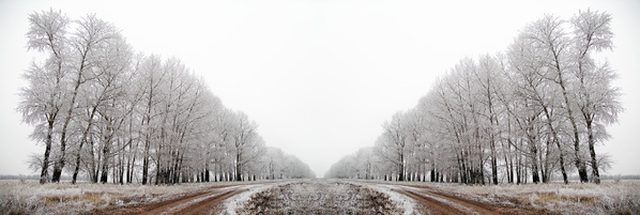Bulbs
Flower Basics
Flower Beds & Specialty Gardens
Flower Garden
Garden Furniture
Garden Gnomes
Garden Seeds
Garden Sheds
Garden Statues
Garden Tools & Supplies
Gardening Basics
Green & Organic
Groundcovers & Vines
Growing Annuals
Growing Basil
Growing Beans
Growing Berries
Growing Blueberries
Growing Cactus
Growing Corn
Growing Cotton
Growing Edibles
Growing Flowers
Growing Garlic
Growing Grapes
Growing Grass
Growing Herbs
Growing Jasmine
Growing Mint
Growing Mushrooms
Orchids
Growing Peanuts
Growing Perennials
Growing Plants
Growing Rosemary
Growing Roses
Growing Strawberries
Growing Sunflowers
Growing Thyme
Growing Tomatoes
Growing Tulips
Growing Vegetables
Herb Basics
Herb Garden
Indoor Growing
Landscaping Basics
Landscaping Patios
Landscaping Plants
Landscaping Shrubs
Landscaping Trees
Landscaping Walks & Pathways
Lawn Basics
Lawn Maintenance
Lawn Mowers
Lawn Ornaments
Lawn Planting
Lawn Tools
Outdoor Growing
Overall Landscape Planning
Pests, Weeds & Problems
Plant Basics
Rock Garden
Rose Garden
Shrubs
Soil
Specialty Gardens
Trees
Vegetable Garden
Yard Maintenance
What Is an Illinois Planting Zone?
What Is an Illinois Planting Zone?. A planting zone is also known as a hardiness zone, which is determined by the average lowest temperature in a given place during the winter. Because all plants do not have the same hardiness, it is important to know the hardiness zone in which you live so you can choose trees, shrubs, and flowers that will grow...

A planting zone is also known as a hardiness zone, which is determined by the average lowest temperature in a given place during the winter. Because all plants do not have the same hardiness, it is important to know the hardiness zone in which you live so you can choose trees, shrubs, and flowers that will grow well in your area.
Illinois Zones
Illinois is divided into two main hardiness zones, with two small northern portions of the state creeping into a third zone. The North American continent is divided into 11 zones; the southern part of Illinois is in Zone 6, while the northern part falls into Zone 5. A small portion of the northernmost sections of the state fall into Zone 4.
Zone 6: Southern Illinois
Illinois subdivides the portion of the state that falls in Zone 6, which falls generally south of Interstate 64 in the state, into two more precise temperature ranges, called Zone 6a and Zone 6b, according to the Chicago Botanic Garden. Overall, plants that thrive in Zone 6 can survive winter temperatures between 0 degrees and -10 degrees Fahrenheit. Zone 6b, which changes the lowest temperature in which plants can survive to -5 degrees, borders the Ohio River. Zone 6a changes the range to -5 degrees to -10 degrees. These are very subtle differences that will probably not affect the kinds of landscaping you want to do, but you check any plant you purchase to be sure it's hardiness temperature falls into the Zone 6 range.
Zone 5: Central and Northern Illinois
Zone 5 covers the state from I-64 north to the Michigan border. The general rule for the zone is that plants here need to be able to withstand temperatures as low as -10 degrees to -20 degrees. However, the state subdivides this zone as well, into Zone 5a, which covers the more northern portions of the zone, and Zone 5b, which is a narrow strip across central Illinois. Zone 5a plants need to be hardier than Zone 5b; the range for this northern section of temperatures is -15 degrees to -20 degrees. Zone 5b's range is -10 degrees to -15 degrees. When looking for plants, trees or shrubs, check the information tag for a hardiness rating of Zone 5.
Zone 4: Northernmost Portions of Illinois
Zone 4 creeps into a tiny section of Illinois on the Michigan border, almost halfway between Lake Michigan and the Iowa border. Here, plants need to be particularly hardy, able to sustain winter temperatures between 20 and 25 degrees below zero.
Suggested Plants
The National Gardening Association website has a Plant Finder feature in which you can enter the kind of plant you are looking for (tree, shrub, flowering plant, or groundcover), the zone in which you live, and even the color of the plant into their calculator, and the site will recommend the best types of plants for your zone.